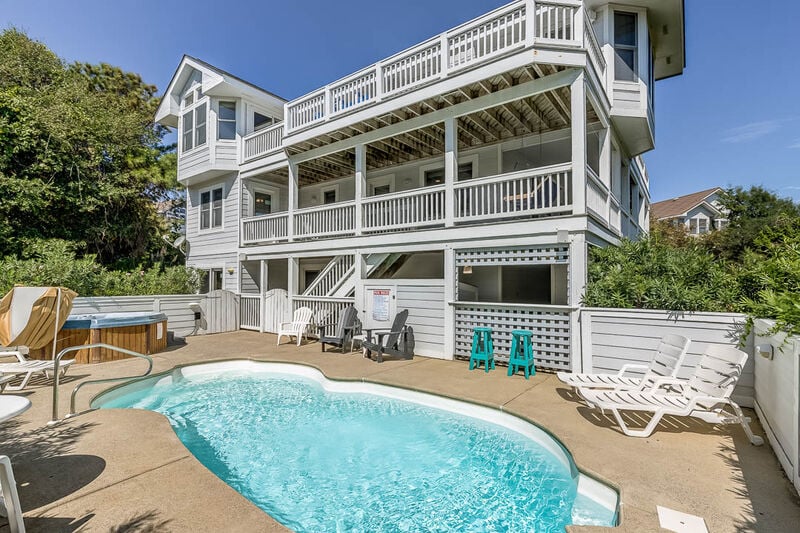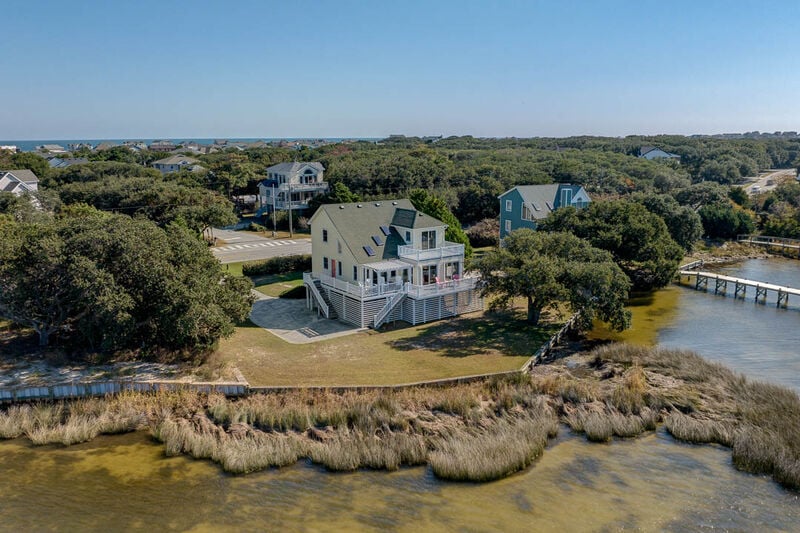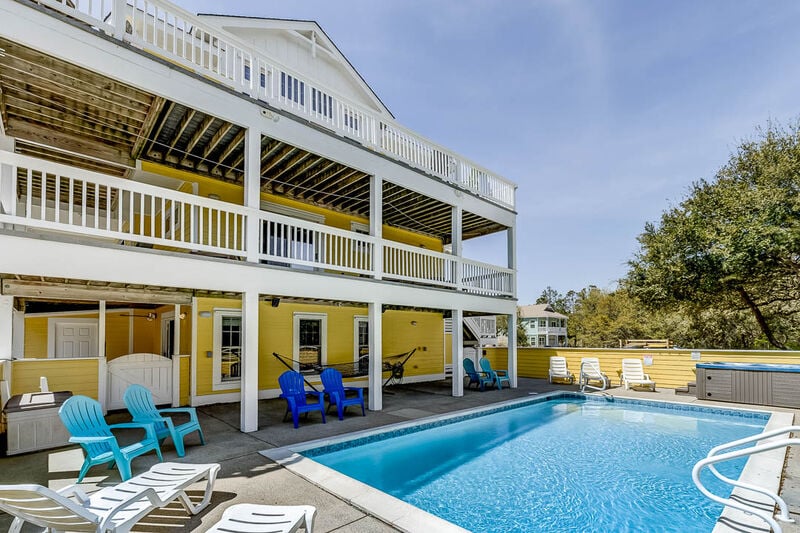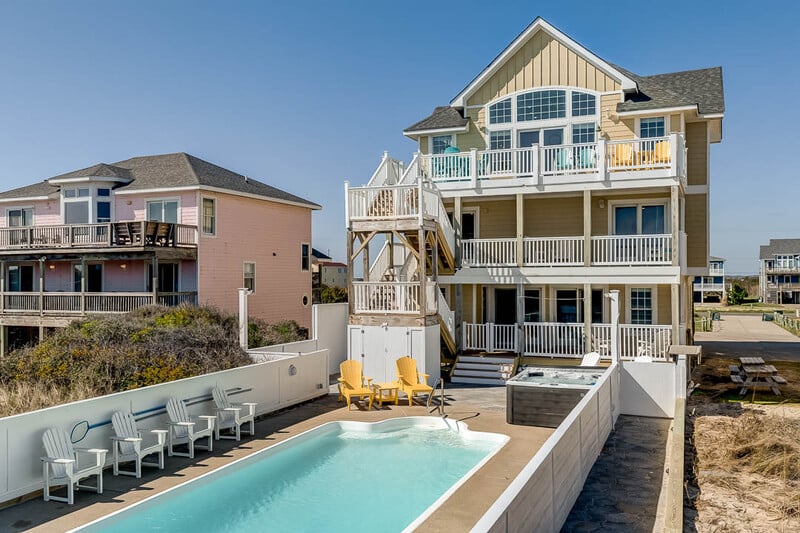You've seen all the famous attractions: lighthouses, beaches, botanical gardens, etc. Now it's time to head off the beaten path and explore hidden Outer Banks havens where tourists are scarce but natural beauty abounds. You may find that these uncrowded spots are the most memorable activities of
Read MoreTag: Pea Island National Wildlife Refuge

Heading to the Outer Banks with children in tow? You'll be glad to know that these beautiful barrier islands offer countless opportunities for family-focused fun. Here are a few suggestions.#1 Visit Jockey's Ridge State ParkLocated at Milepost 12.5 in Nags Head, this 426-acre scenic park offers
Read More
If you get excited at the thought of being surrounded by animals, the Outer Banks will become your new favorite vacation spot. Home to a vast range of unique wildlife, this region features lots of protected and unspoiled land that encourages growth in animal populations.To learn about our native
Read More
From the 1800s to the mid-1900s, sport hunting for ducks and other birds was a favorite activity for wealthy vacationers. As a result, private hunting lodges sprang up along the coastal bird migration route known as the Atlantic Flyway. Birds travel thousands of miles during migration, and many stop...
Read MoreRichard Etheridge-Integrity and CourageIf Dare County Commissioners have their way, the new bridge over the New Inlet on Hatteras Island will be named the Richard Etheridge Bridge. Provided NCDOT agrees to the name, it would be a fitting tribute to a remarkable man.In 1880, Richard Etheridge became
Read More
Heading to the Outer Banks? From our famous beaches to local dining, there's plenty to see, do, and eat once you arrive. Here's a sample of the excitement and local fare you can look forward to. See you soon!Enjoy a Unique Natural EnvironmentNatural beauty is undoubtedly one of the biggest draws of
Read More
The Outer Banks is one of the most beautiful and scenic geographies in the United States. Enjoying the wonders of nature is one of the best parts of visiting the Outer Banks, and there are plenty of parks, refuges and nature preserves to explore. Some parks are fun for the whole family, and
Read More








